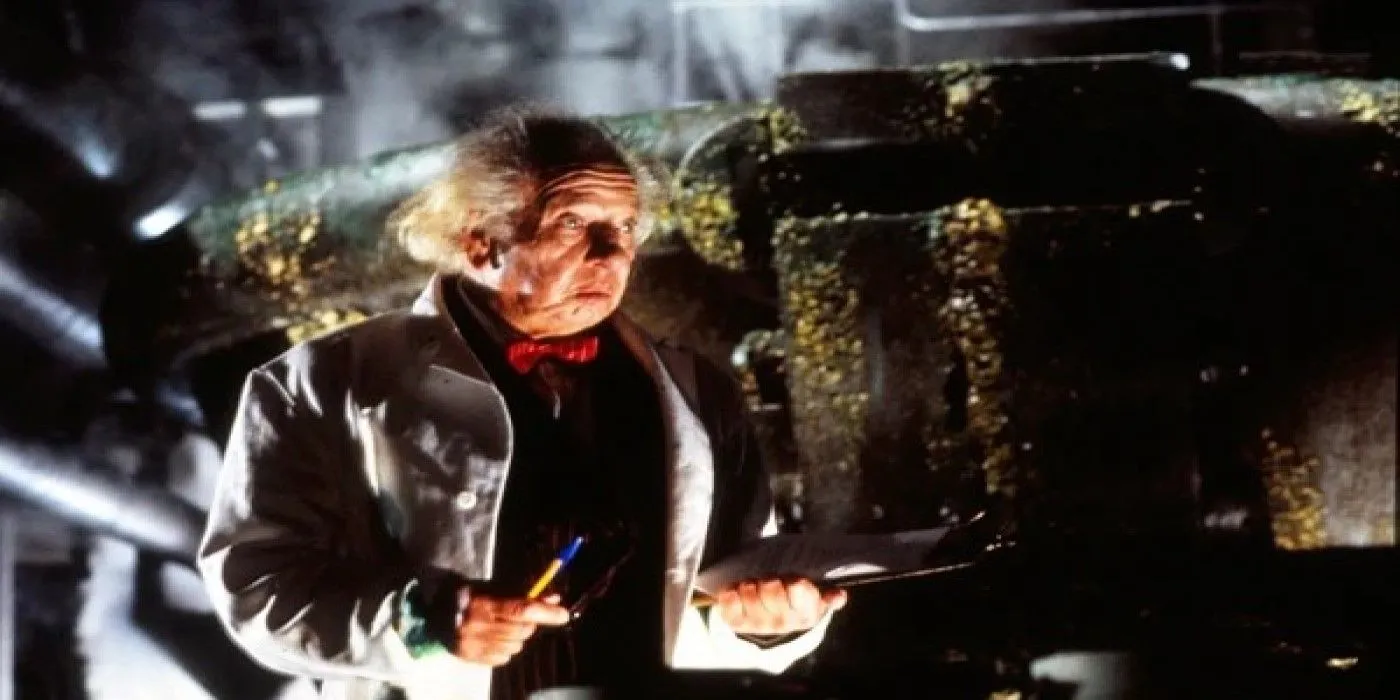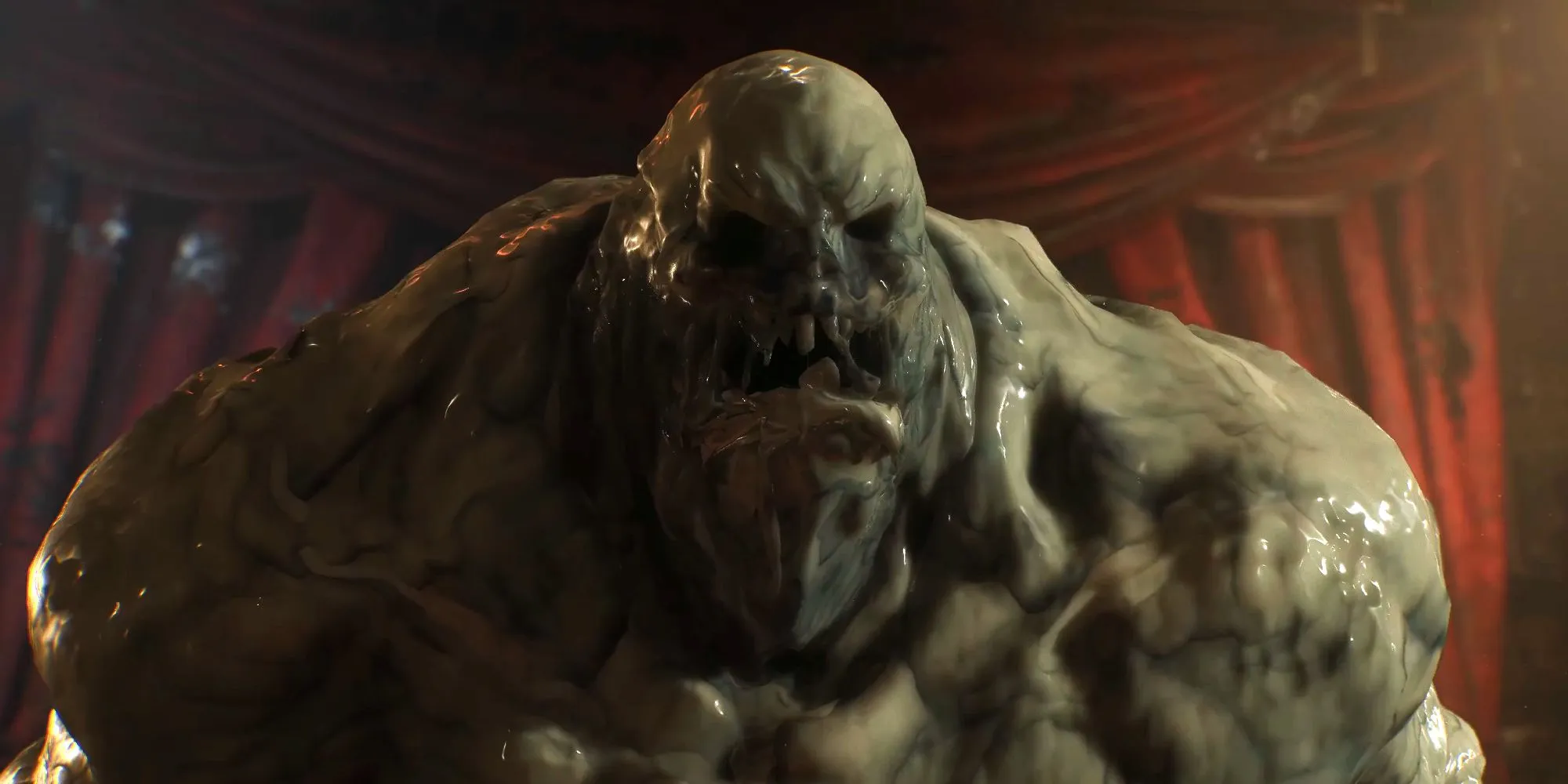
The recent sequel to the iconic 1989 film Batman has reignited interest in one of its classic adversaries: Clayface. Originally introduced in the Golden Age of DC Comics, Clayface stands out as a formidable villain, especially with the announcement of his upcoming solo movie. While the character is typically associated with his shapeshifting capabilities, his origins were far less supernatural. The first Clayface, Basil Karlo, was merely an actor who, lacking any superpowers, adopted the Clayface identity based on a failed film role. It wasn’t until the introduction of Matt Hagan that the character truly acquired his signature shapeshifting powers.
With the passage of time and the significant narrative overhaul instigated by the “Crisis on Infinite Earths”storyline, Basil Karlo was reimagined with the ability to metamorphose like Hagan. This duality enriched his character, painting him as a murderous ex-actor capable of mimicking others seamlessly, blending his dark past with newfound powers. Clayface’s history in various animated adaptations is extensive, but he has seen limited real-life portrayals, all within television. Fortunately, with filming for his upcoming movie set to begin in early 2025, audiences can finally anticipate his live-action cinematic journey.
Clayface’s Live-Action Debut





The earliest live-action representation of Clayface can be traced back to False-Face, a villain featured in the 1966 Batman series, portrayed by Malachi Throne. This interpretation served as a hybrid, merging attributes from both False-Face and Basil Karlo, the latter of whom was more closely developed in the comics. In the Birds of Prey series, Kirk Baltz and Ian Reed Kesler took on roles based on different iterations of Clayface, while Lorraine Burroughs introduced her own interpretation of the character in the series Pennyworth.
In terms of direct adaptations, Brian McManamon embodied Basil Karlo in the television series Gotham. It’s intriguing to note that Matt Reeves’ universe may also feature a loose interpretation of Clayface in the character of Eve Karlo, who impersonates Francis Cobb, hinting at a deeper connection to the classic story. As it stands, the specifics surrounding the portrayal of Clayface in the upcoming film remain undisclosed, including the timeline and characterization. Nonetheless, this project heralds a long-awaited cinematic introduction for Clayface.
Clayface in Burton’s Universe: Batman: Resurrection





Recently, the character was reintroduced into Tim Burton’s Batman universe through John Jackson Miller’s novel Batman: Resurrection, published in 2024. Set against the backdrop of the events following the 1989 film, this story intertwines familiar characters and fresh narratives while centering Hugo Strange as the primary antagonist alongside Basil Karlo, a dramatically reimagined Clayface. In this iteration, Karlo’s powers are tied to his exposure to the lethal Smylex poison, employing his abilities to impersonate the deceased Joker, all while facilitating Strange’s sinister plots.
Moreover, Batman: Resurrection clarifies the backstory of a previously nameless character from the 1989 film—revealing Hugo Strange’s survival and subsequent rebranding as Hugh Auslander following the disastrous chemical event. This intertwining of past and present enriches the narrative, presenting Karlo as a tragic figure manipulated by Strange, haunted by the impact of his actions and the violence he inflicts while impersonating the Joker.
Lessons for DC’s Clayface Movie from Batman: Resurrection





To successfully navigate its narrative, the forthcoming Clayface movie should draw inspiration from Batman: Resurrection, particularly in portraying the character’s origins and psychological complexities. The Burton-inspired Clayface effectively marries themes of horror and tragedy, while also presenting Basil Karlo as a nuanced figure, thus augmenting him into a terrifying opponent for heroes like Batman. If the narrative avoids the constraints of including Batman, there lies a unique opportunity to delve deeper into the horror aspects of Clayface’s character, allowing his exceptional shape-shifting abilities to drive a compelling story without the traditional constraints of hero-villain dynamics.
- Exploring duality: Highlight both Karlo’s tragic past and his monstrous present.
- Emphasizing horror: Create a darker tone that emphasizes the horror elements of Clayface.
- Developing psychological depth: Build a character arc that explores themes of identity and loss.
With these considerations in mind, the anticipated Clayface film has the potential to redefine the character’s cinematic legacy.




Leave a Reply